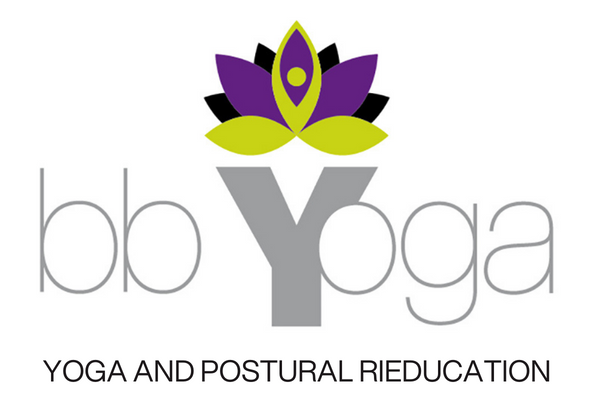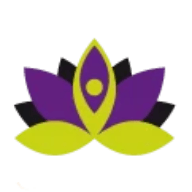“The old, the stiff, the weak, the sick, all can practice. Only the lazy cannot practice ".
(SK Patthabi Jois)
Home / Yoga classes / Yoga classes for beginners
Yoga classes for beginners
The emphasis of this practice is more on the flow between movement and breathing, than on the precise accomplishment of the posture itself.Anyone can practice without any discrimination based on age, gender, weight. , flexibility, different personal situations (except for pregnant women, people with a fracture, or still within 6 months of postoperative postoperative surgery).
One of the strengths of Ashtanga lies in the fact that it is an individual practice, providing a constant search for oneself, for one's own limits and for the aptitudes one has to overcome them. It is an invaluable heritage. who will be a part of us forever!
Each asana can be adapted according to the possibilities of each one, you just have to want to move!
When you start the first session, you don't know the sequence, so the lessons are dictated by the teacher who explains in great detail how to use your breath correctly, when to inhale, when to exhale and which posture to perform.
The lesson goes as follows:
- guided breathing;
- chanting of the opening mantra; s
- practice of the asana sequence;
- chanting of the closing mantra;
- relaxation session.
Over time, once the sequence is memorized and the practitioner knows the sequence, the exact breaths to use and the execution of the postures, the teacher will tell him that he is able to move on to the next step. "Mysore" practice. In the "Ashtanga Mysore" one performs the same practice but done to the rhythm of one's own breath without the teacher giving the directions, because they are now known; over time, when fluidity of breath, strength and flexibility have been acquired, new more complicated postures can then be added.
Practical advises:
- Leave the shoes outside the room; the practice is always done barefoot. Inform the teacher immediately of any pain or previous accidents.
- The advice he can give you is fundamental for correct practice; but always keep in mind that no one knows your body better than you do.
- Practice on an empty stomach (wait at least 2.5 hours or even 3 hours after meals) and if possible with an empty bowel and bladder. practice you do not drink and it is advisable to wait half an hour after the end of the session to drink.
- Take a small towel with you.
- Use a comfortable outfit and preferably close to the body.
Opening Mantra
Om
Vande Gurunam charanaravinde
Sandarshita svatmasukavabodhe
Nishreyase jangalikayamane
Samsara halahala mohashantyai
Abahu purushakaram
Shankhacakrsi dharinam
Sahasra sirasam svetam Pranamami patanjalim
Om
Aum
I pray at the lotus feet of the Supreme Master. Who teaches knowledge, awakening the immense happiness of revelation to oneself. Who acts like the physicist of the jungle, able to dispel the poisonous illusions of a conditioned existence. In front of Patanjali, incarnation of Adisesa, white in color and with a thousand radiant faces (in his form of the divine serpent Ananta), in human form under the shoulders, carrying the sword of discrimination, a wheel of fire symbolizing eternity and conch representing the divine sound, I bow down.
Aum

Closing Mantra
Om
Swasthi-praja bhyah
pari pala yantam
Nya-yena margena
mahi-mahishaha
Go-bramanebhyaha
-shubamastu-nityam
Lokaa-samastha
sukhino-bhavantu
Om shanti, shanti, shantihi
Aum
May prosperity be glorified May the rulers of this world rule with justice May all sacred things be protected And all men of the earth be happy and prosperous
Aum peace, peace, peace.
Beatrice Bassi
Ashtanga Vinyasa Yoga
Postural rehabilitation therapist
Méthode Mézières/Bertelè
Saint Tropez - France
Email:
info@bbyoga.fr
Tel.
+33 624 794098
Menu
Copyright © 2021 bbYoga. All rights reserved - N ° SIREN 820942621
Confidentiality | Cookies |




